Can we remove Neutral Wire? Importance of Neutral wire
Can we remove Neutral Wire? Importance of Neutral wire https://www.theelectricalguy.in/wp-content/uploads/2020/07/Can-we-remove-neutral-1024x576.jpg 1024 576 Gaurav J Gaurav J https://secure.gravatar.com/avatar/87a2d2e0182faacb2e003da0504ad293?s=96&d=mm&r=gCan we remove neutral wire or conductor? To cut the long story short, the answer is Yes! But, of course, that depends upon few conditions. In this tutorial, you’ll understand in which situation you can remove neutral wire? Why neutral is important ? And why the size of neutral wire is small as compare to other phase wires? So, let’s start.
Conditions for removing Neutral wire
To understand if we can remove neutral wire, let’s go to our distribution transformer. Distribution transformer is connected in Delta Star configuration, as shown below.
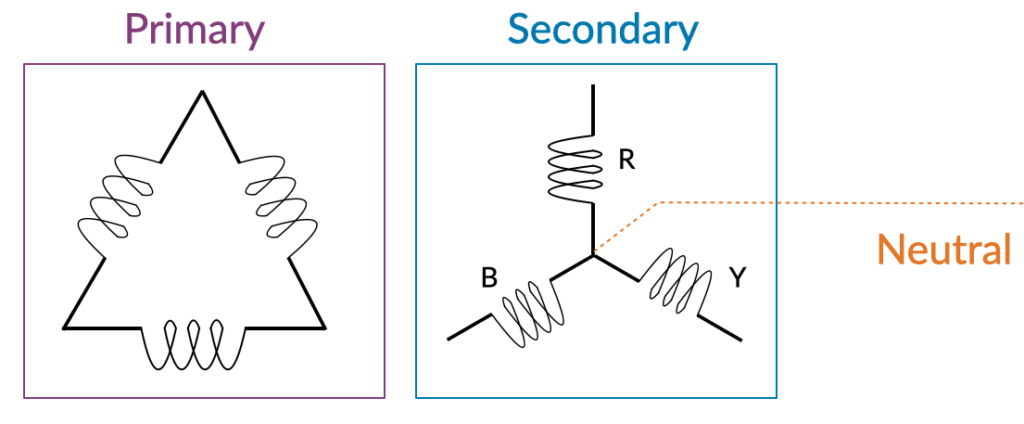
The conductor shown by the dotted line is called as Neutral conductor or simply neutral. This neutral conductor carries the sum return current of all the three phases. Now, let’s connect load to the secondary of this transformer.
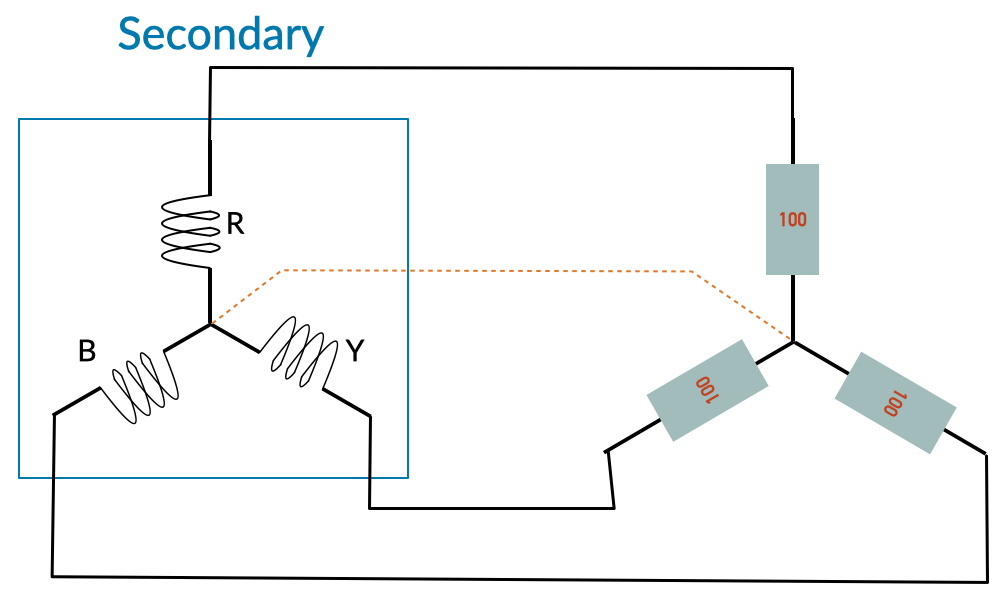
So, I connected 3 heaters of 100 watts each, as shown above. The connected load is basically a balanced load, as current taken by each heater is same. Now, the neutral will carry the sum of three return currents i.e. Ir + Iy + Ib.
At first, many of the people will think that, the conductor required for neutral should be 3 times in the size than the other three conductors. But, we know that, current of the three phase system is out of phase by 120 deg from each other. And hence, if we draw a waveform for these current it will look like this.
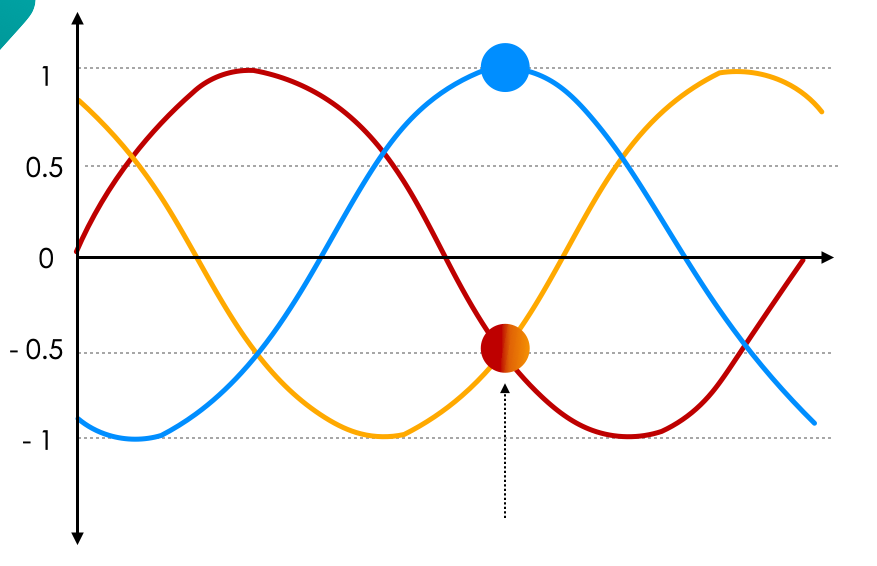
Now, if you observe the waveform carefully, you’ll find that the sum of return currents is zero at every instance. How? Let me show you.
For example, at instant shown above, corresponding to 240 deg,
Current of phase B is maximum. And current of phase Y & B is negative 0.5.
So, we can write it like this.
Ib = Imax
Iy = Ir = -0.5 Imax.
So, let’s add these currents.
Ir + Iy + Ib = (-0.5Imax – 0.5Imax) + Imax
Ir + Iy + Ib = – Imax + Imax = 0
We’ll get the sum = 0, and this is true for every instance.
Therefore, now we can remove the neutral conductor. And this will not affect the voltage or current in the circuit. It’ll still function as it is, without any problem.
Great. Why are we using the neutral then? Let’s remove the neutral from everywhere. Wait. Let’s not jump to the conclusion. Let’s also look at the second side of the coin.
We should not remove neutral if..
We can remove the neutral conductor or wire. However, to achieve this, the load connect to the circuit must be identical. The load must be balanced.
In an ideal situation or in the situation where load is equal, current flowing through neutral conductor is always Zero.
In practical life, this situation is not possible. You’ll not have identical loads on each phase. For 3 phase loads, like 3 phase induction motors, you don’t need neutral. Because that is balanced. You can put it in operation with any neutral wire.
Now, let’s say, I changed the heater connected to B phase. This new heater is now drawing 200 watts power. And hence, my waveform will now look like this.
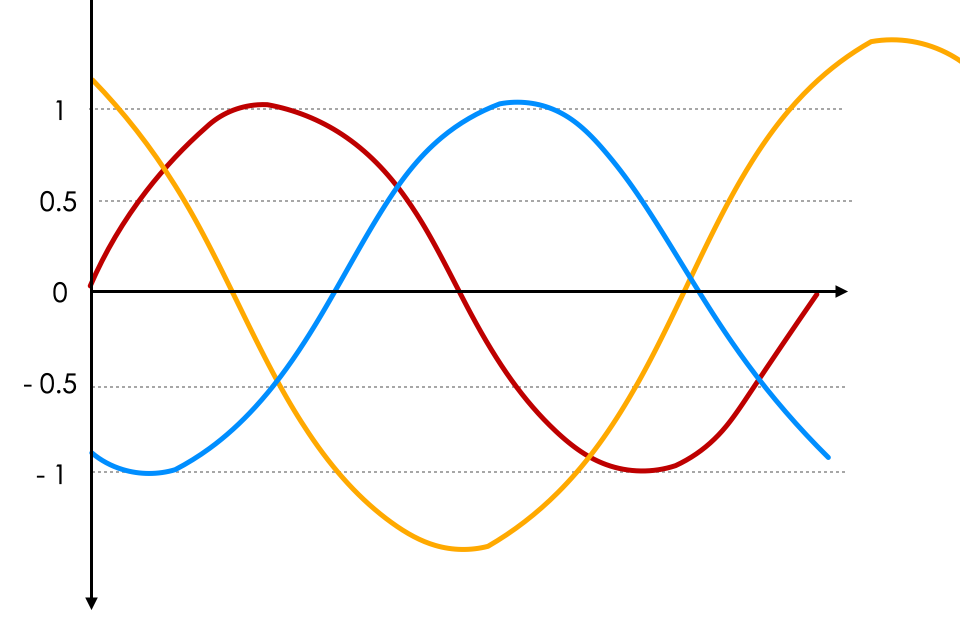
If you observe waveform carefully, you’ll find that the sum of return currents is no more ZERO! That means, definitely there is some return current. But, as we have removed the neutral conductor, there is no return path for the current to flow.
As a result, voltage imbalance in the system will occur. If the load is not identical, then removing neutral conductor can cause unequal voltages across the loads. Some phase will have lower voltage and some will have higher. And hence, the device receiving this high or low voltage will be under risk. For example, if a device is designed to operate at 230 volts maximum, and suddenly it receives 350 volts, well, that can damage the device completely.
And hence, we cannot or rather we should not remove the neutral wire if the load on each phase is not identical or balanced. The issue is not really with the 3 phase load, the issue is with 1 phase load.
Removing neutral wire when the load is not identical
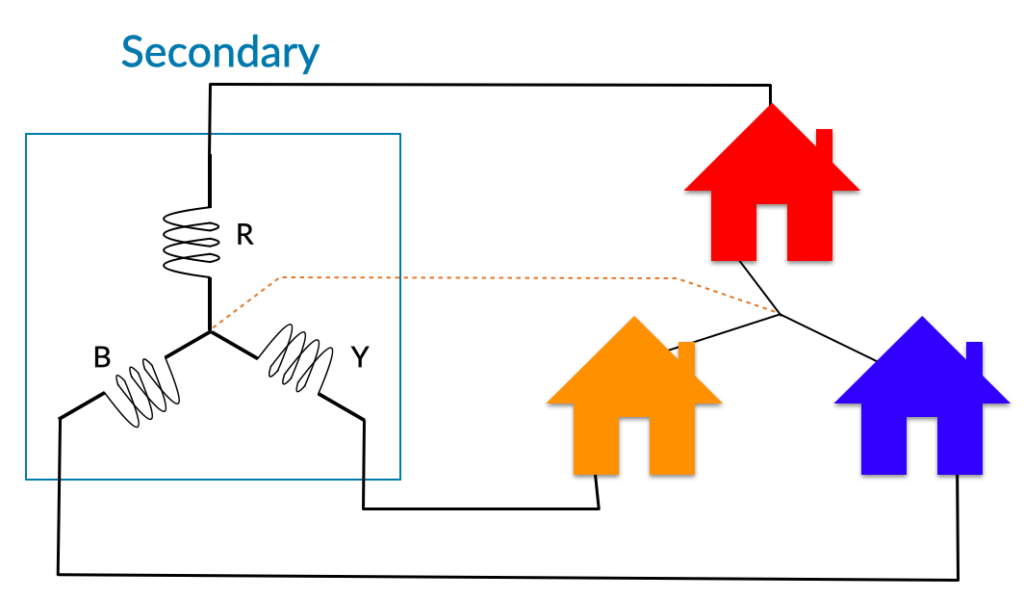
Let’s say we have three different houses connected to three different phase as shown above. Now, as we have seen, I can remove the neutral wire, if power taken by all the houses is equal. But, that is not possible practically.
Power taken by each house will be different than the other. And in such case, if I remove the neutral, voltage imbalance will occur. As a result, may be, red house will have Low voltage than the normal. Yellow house may have high voltage than the normal. And may be Blue house will have very high voltage than the normal. And surely, this high voltage will damage the devices connected in that house. So, to avoid such situation a neutral wire is must!
Why size of neutral wire is small?
Now, the neutral wire need not be the same size as the other wires. Because, neutral wire will not carry the same amount of current as other phase wires are carrying. To prove it, consider the waveform shown below.
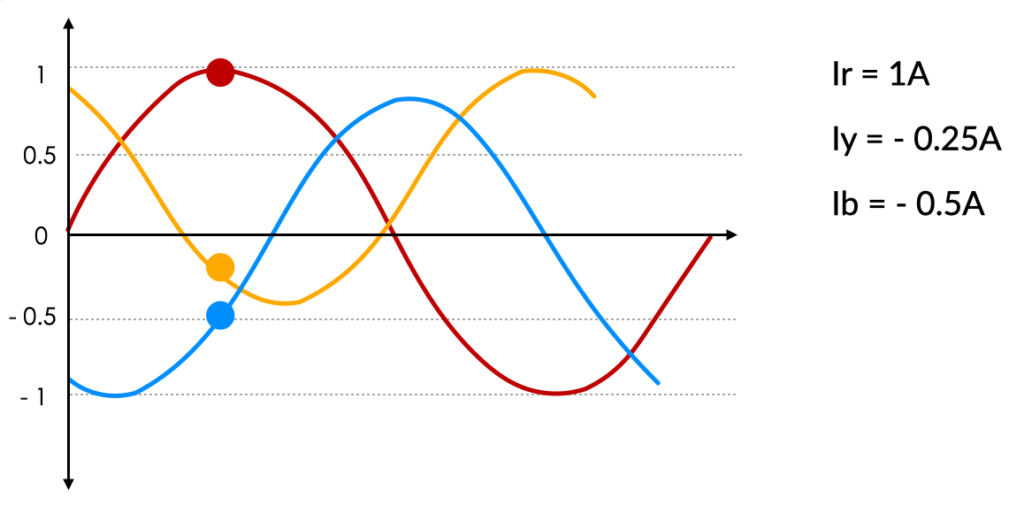
This waveform is of the three houses which we connected to three different phases. Consider the peak value of current is 1 ampere, and which is taken by the red house. Let’s consider the instance highlighted above. Current taken by the red house is 1 A. Similarly, current taken by yellow house is – 0.25A & -0.5 A is taken by blue house. As we have seen, current flowing through neutral wire is sum of the current in all the three phases. So, lets add the current of all phases.
In = Ir + Iy + Ib
In = 1 – 0.25 – 0.5
In = 0.25A
So, as you can see, current flowing through the neutral conductor is only 0.25A. Whereas, the peak value of current is 1A. This is true for all the instances. You can taken any instance of the waveform and do the calculation and you’ll find current flowing through neutral wire is much lesser than the peak value. And hence, conductor size of the neutral need not be the same size of other phase conductors.
So, I hope that answers the questions you have.
Summary
So, let’s summarise this tutorial.
- Current flowing through neutral is always zero, in an ideal situation i.e. in situation where loads connected in all the three phase are identical.
- We can remove neutral wire only if, loads connected in all the three phase are identical.
- Removing neutral wire from a system, where loads are not same or identical, will result in unequal voltages across the loads.
- Conductor required for neutral wire can be smaller as compare to other phase wire, as current flowing through neutral wire will be less than current flowing through other wires.
Gaurav J
Electrical Engineer. Content Creator. Currently working with a High & Extra High Voltage Switchgear Industry.
All stories by: Gaurav J


